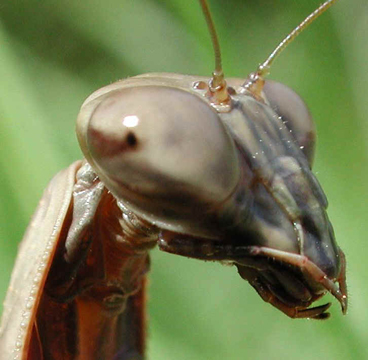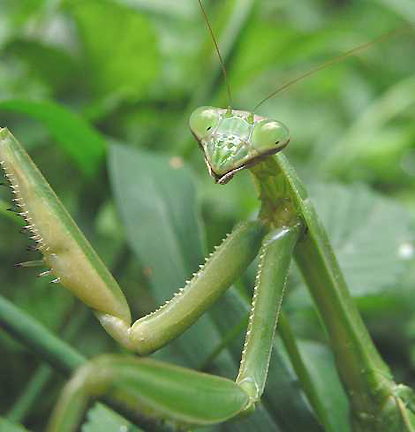“I feel that the non-human entities have conducted genetic testing on mankind for centuries in order to alter human genetics and guide our evolution to a point where they can harvest a genetic component for cloning and/or hybrid that has the ability to contain a soul. ”
- “Joshua Rhinehall,” Private Investigator, Pacific Northwest



[ Editor's Note: Wikipedia - Mantodea or mantises is an order of insects that contains approximately 2,200 species in nine families worldwide in temperate and tropical habitats. Most of the species are in the family Mantidae. A colloquial name for the order is “praying mantises,” because of their often prayer-like stance, although the term is often misspelled as “preying mantis” because mantises are predatory. Insects form their primary diet, but larger species have been known to prey on small lizards, frogs, birds, snakes, fish, even rodents and any species small enough to successfully capture and devour. Most species of mantis are known to engage in cannibalism. Their large eyes can see up to 60 feet away and the mantis lashes out at remarkable speed to ambush its prey. ]
UPDATED: January 15, 2011 Pacific Northwest - “Joshua Rhinehall” has asked for anonymity, but wants to share his encounters with non-humans since he was 4-years old in order to see if any other Earthfiles viewers or Coast radio listeners have had any similar experiences. Joshua is now 46-years-old and lives in the Pacific Northwest where he farmed for the first half of his life. After that, he studied at a local community college and has been a private investigator since 1995.
Click here to subscribe and get instant access to read this report.
Click here to check your existing subscription status.
Existing members, login below:
© 1998 - 2024 by Linda Moulton Howe.
All Rights Reserved.

